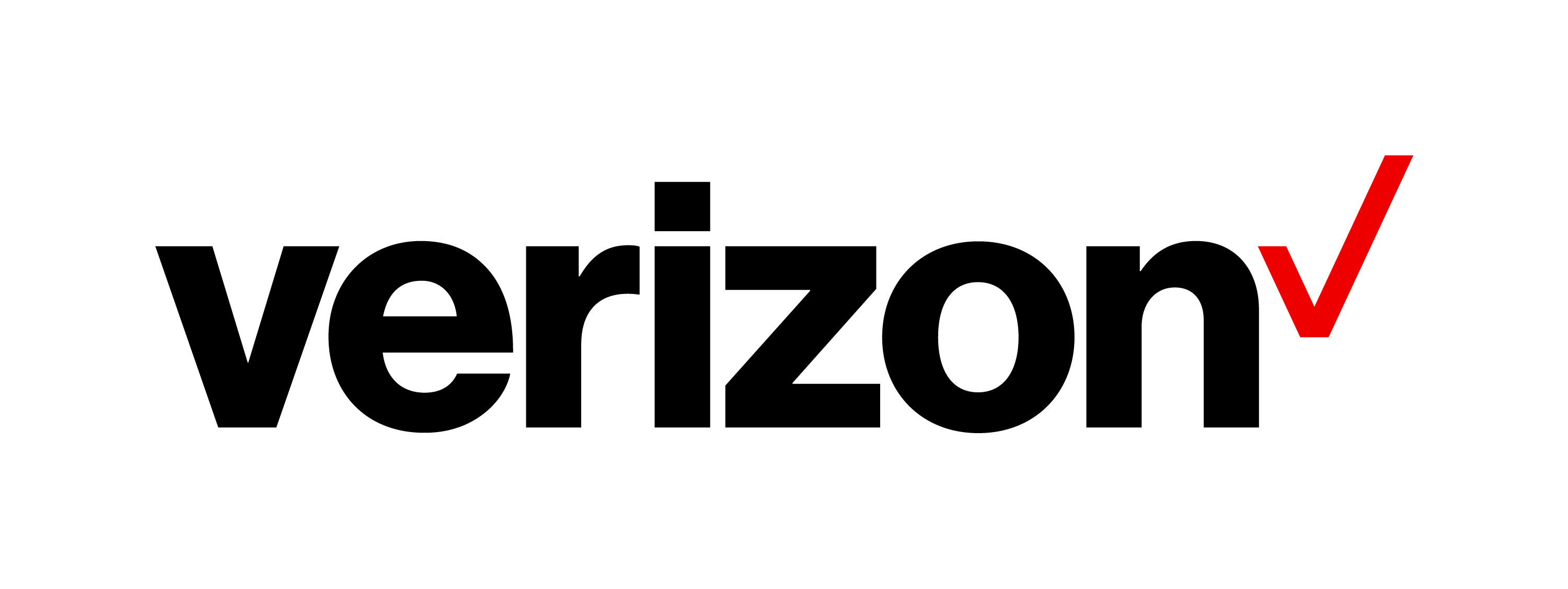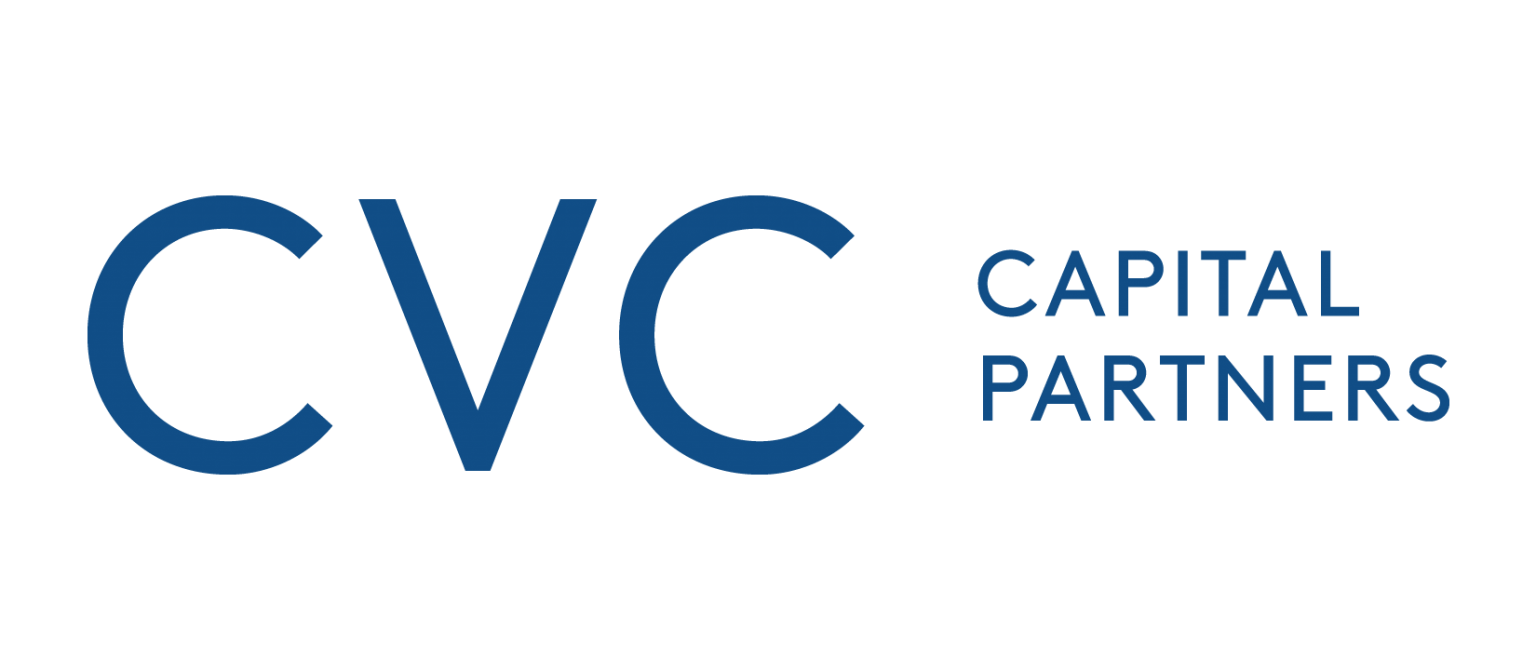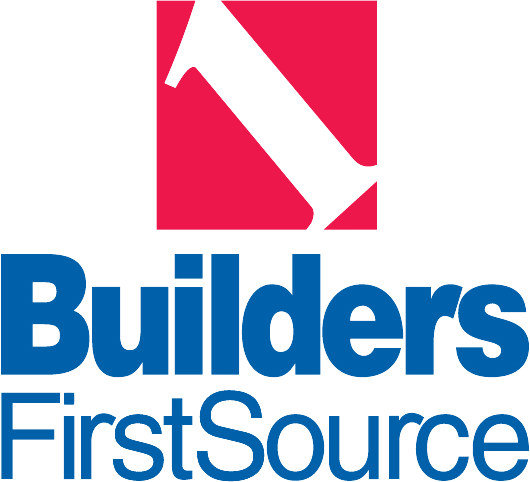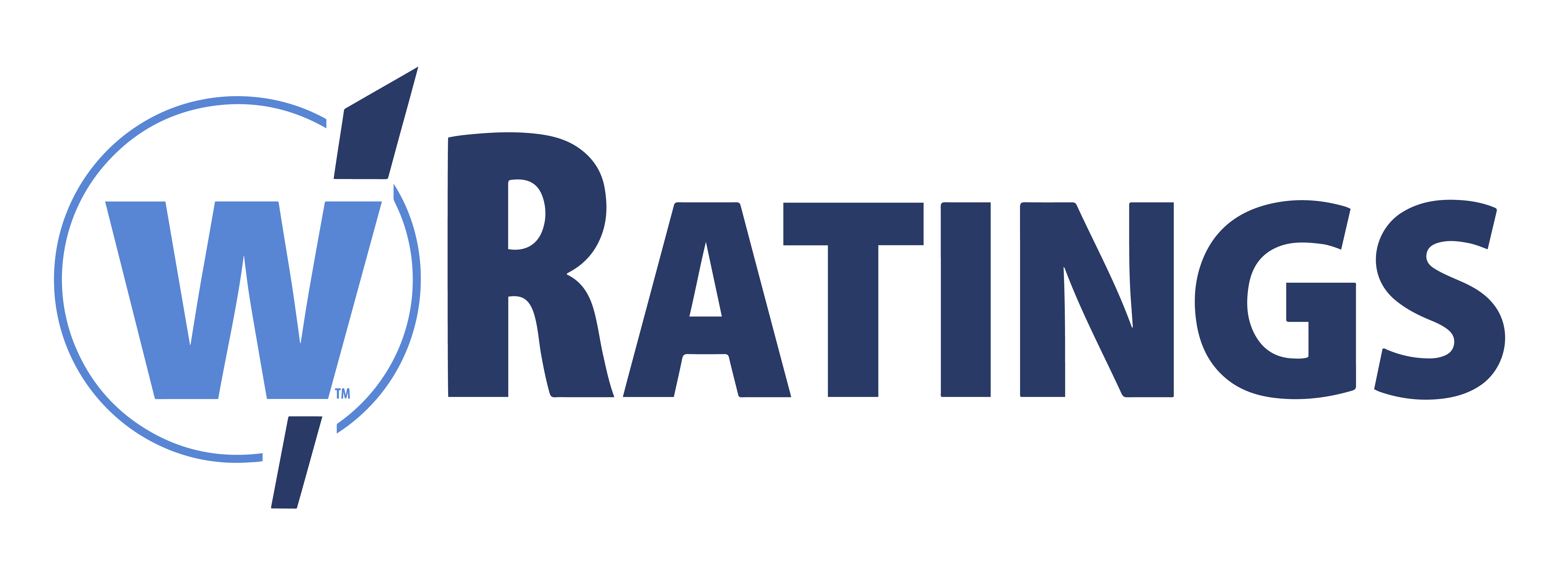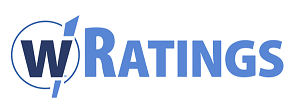Our Framework
We are built differently.
Unlike Any Other Company
From our start over 25 years ago, we’ve designed our business from the ground up to be different. Traditional research firms build software to automate the survey process. They build tools to collect data in large amounts, asking questions whatever way the company wants. The problem they solve is phone surveys, and the solution is to use the internet now to ask them.
From day one, the problem we wanted to solve was how to predict and generate sales growth. Or more succinctly, how to figure how to win more customers.
This follows one of the habits from Stephen Covey’s groundbreaking book, The 7 Habits of Highly Effective People: Begin with the end in mind. By starting with a clear understanding of our destination, we built our company in an entirely different way.
Our initial 12 clients ─ Aramark, Chili’s Restaurants, Cingular Wireless, Coors, Cymer, Equifax, General Motors, i2 Technologies, IBM, Sabre Systems, Sikorsky Aircraft, and Tony Robbins ─ provided us with a cross-section of industries to kick off our analysis of how to connect customer perceptions with a company’s sales growth.
Today, we make a series of fixed investments every year, leveraged by key stakeholders in our business, and subscribed to by corporations, PE firms, and hedge funds.
To our knowledge, we are the only firm that measures the competitive strength of companies based on customer expectations, company performance and pricing power.
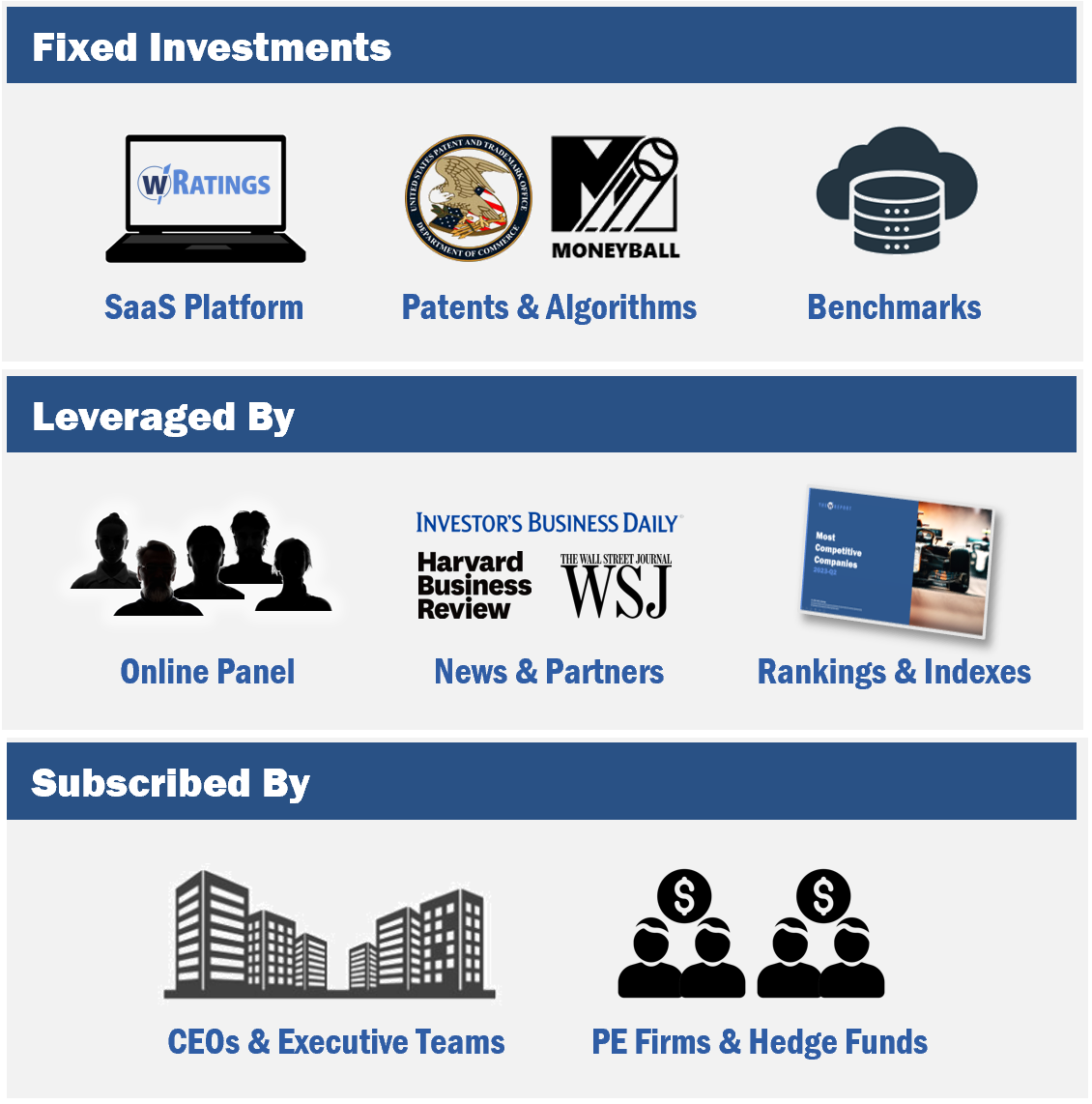
Companies Using wRatings to Grow Their Sales
